II. Steel Industry
III. Automobile Industry
IV. Textile IndustryV. Chemical Product Industry
VI. Agricultural Industry
VI. Conclusion
VII. References
As the world is becoming increasingly interconnected, free trade is rapidly becoming the standard norm on international economics. Korea and China are no exceptions to this trend and are in the early stage of negotiating a free trade agreement (FTA). So why is Korea pursuing to establish free trade with China? From 2004, China has replaced the United States as Korea’s number one trade partner. For China’s part, Korea is the fourth-largest trading partner which has importance on the Chinese economy as well. In 2004, the trade volume culminated to $79.3 billion, and according to the Board of Trade of China, Korean firms have an investment of $6.2 billion in China in this year. Likewise, as both countries’ reliance on each other is saliently increasing, a Korea-China FTA has significant importance and heavy economic effect.
In this paper, we aim to assess the economic impacts of a Korea-China FTA on Korea. To this end, we analyze five primary sectors that are deemed to have the greatest impact on both countries: steel, automobiles, chemical products, textiles, and agriculture. We conduct a literature review of these respective sectors (primarily statistics supplied by KIEP and SERI), lay out both the impact of exports and imports, and also point out relevant issues to these sectors.
2. 김성철(2010), 한중FTA 추진 현황과 시사점, 한국수출입은행
3. 박번순外 (2011), 한중FTA의의와 주요 쟁점, 삼성경제연구소
4. 임정빈(2011), 한중 FTA 농업부문 대응전략(프레젠테이션),무역협회
5. 양평섭外(2007), 한중 교역 특성과 한중 FTA에 대한 시사점
6. 이근영(2009), 한국의 FTA 추진 정책과 한중 FTA에 대한 시사점, 한국컴퓨터정보학회
7. 국제무역연구원 www.kita.net(무역통계⋅중국경제DB)
8. 외교통상부 www.mofat.go.kr
9. 대한상공회의소 www.korcham.net
10. 대외경제정책연구원 www.kiep.go.kr
11. World Trade Organization www.wto.org

- 오늘 본 자료가 없습니다.
- 사회복지학개론-민간사회복지 조직인 자선조직화운동(COS)와 인보관 운동을 특징을 비교 분석 두 운동이 사회복지실천 방법에 끼친 영향 현대사회에 필요한 운동은 무엇인가
- 긴급복지지원법에 근거한 긴급복지지원사례를 찾아 긴급지원의 절차에 따라 어떠한 내용의 지원이 이루어졌는지 서술하여 보세요
- 웨일(Weil)과 갬블(Gamble)의 모델 중 정치사회행동모델은 지역사회의 불평등, 욕구를 무시하는 의사결정에 대항하고, 불공정한 조건을 변화시키는 기술개발을 통해 사람들의 역량을 강화하는 것이 주된 내용이다 관련된 구체적인 사례를 들어 사회복지사의 역할에 관하여 토론하시오
- 우리나라의 저소득층을 위한 정책은 무엇이 있으며, 저소득을 탈피하기 위해 바람직한 자립정책은 무엇인지와 왜 바람직한지에 대한 자신의 의견을 서술하시오
- 사회적으로 우선 해결해야할 사회문제가 무엇인지 기술하고, 로스만의 실천모델을 적용한 문제해결 방안을 구체적으로 제시하시오
해당 정보 및 게시물의 저작권과 기타 법적 책임은 자료 등록자에게 있습니다. 위 정보 및 게시물 내용의 불법적 이용,무단 전재·배포는 금지되어 있습니다. 저작권침해, 명예훼손 등 분쟁요소 발견 시 고객센터에 신고해 주시기 바랍니다.



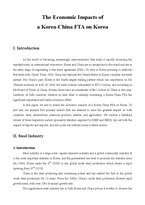
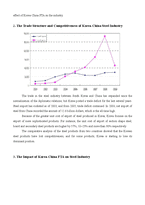
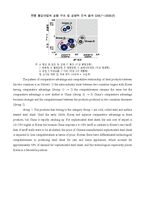
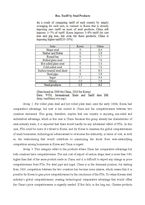

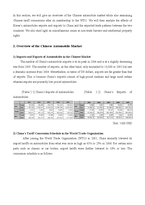
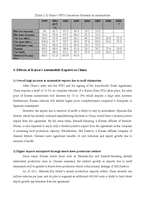
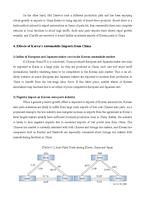



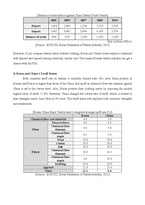
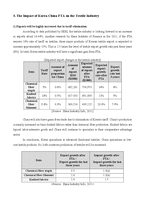
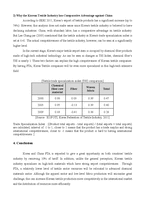
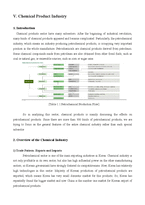
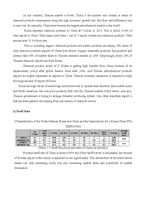
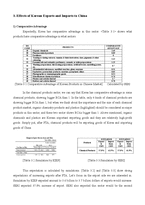
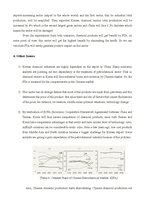
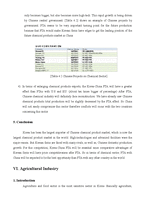
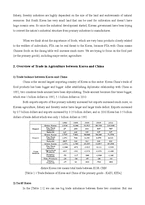
 분야
분야

